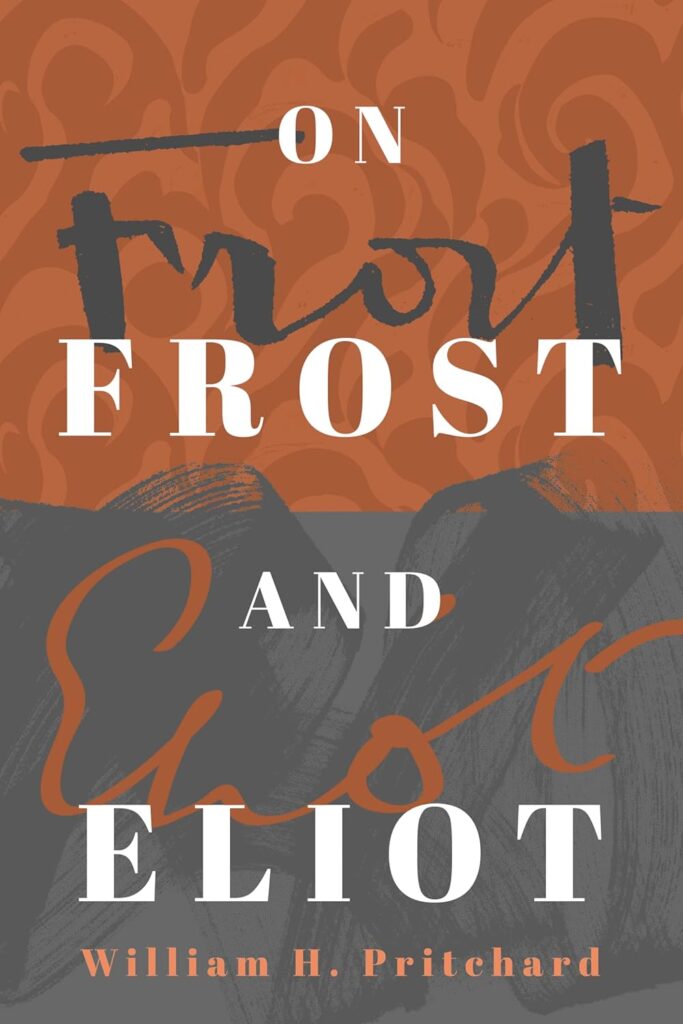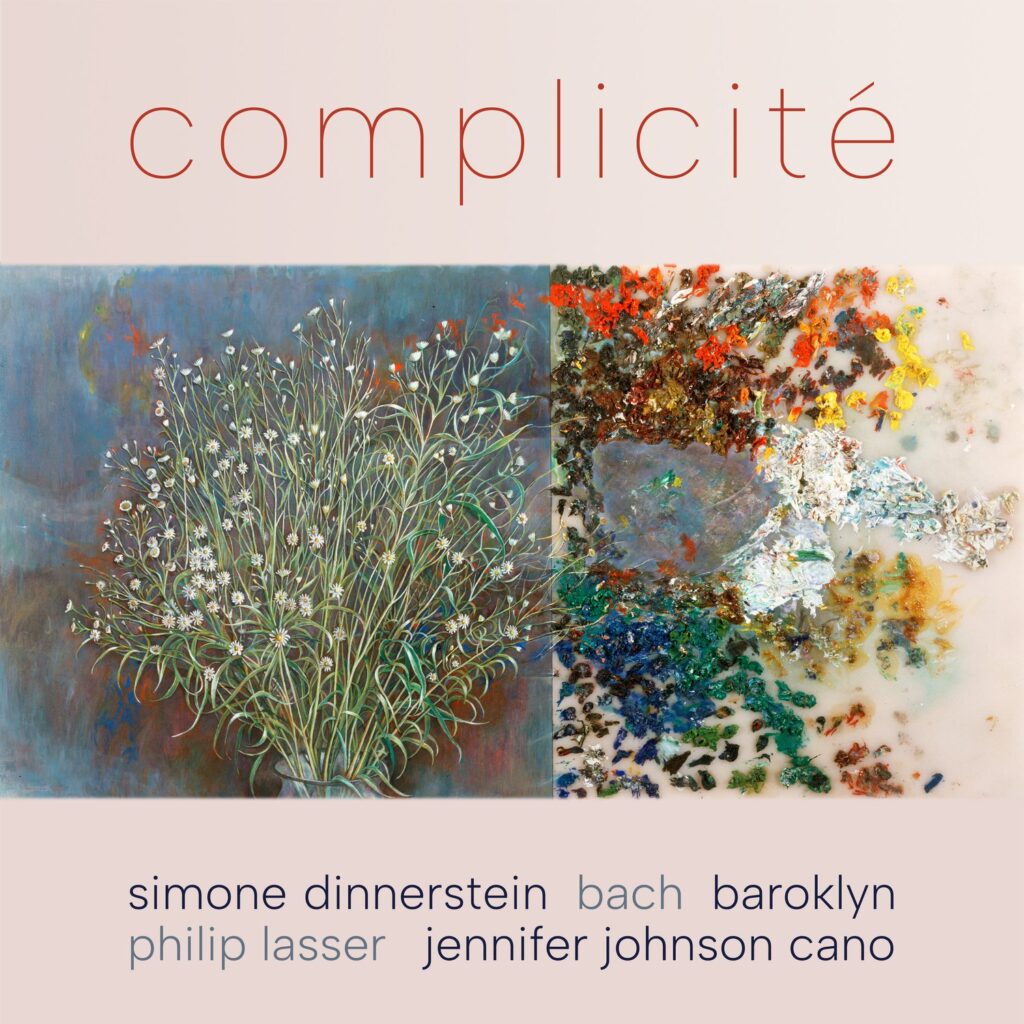
Gustav Mahler, by Stephen Downes (Reaktion Books): Goethe, Wagner, Nietzsche: these are fairly well-known influences on the music and thought of Gustav Mahler. Fewer know, I’d wager, that Mahler was an avid reader of Laurence Sterne’s digressive free-for-all Tristram Shandy, or of E. T. A. Hoffmann, whose Tomcat Murr is a similarly whimsical novel purporting to be the memoirs of a cat accidentally shuffled with a Mahleresque composer’s biography. This might just reveal something about the temperament of Mahler, who, in his First Symphony, set a funeral of forest animals for a hunter to the melody of “Frère Jacques.” Not seeking to compete with the larger tomes on Mahler already extant, Stephen Downes presents these and other fascinating revelations in his new biography through a series of critical chapters on the composer: “Mahler’s Childhood,” “Mahler the Reader,” “Mahler Composing in the Country,” and more. —IS

On Frost and Eliot, by William H. Pritchard (Paul Dry Books): “What in a reading aloud is heard as ingeniously melodic, subtly compelling,” writes William H. Pritchard, “refuses to be carried over into the sentences of a quoting critic at his typewriter.” That both halves of his latest collection of essays, On Frost and Eliot, are equally worthy of the warning (it comes from the Eliot section) also tells us something about Pritchard’s own approach as a critic: capacious enough to yoke together these very different titans of poetry, yet restrained enough to know where criticism ought to or cannot take us. He notes how, in Frost’s classroom, the proper response to the “performance” or “act” that a poem entails was not “to call it beautiful or say you don’t like it; you need[ed] rather to do something to keep the ball in play.” On Frost and Eliot does just that. —RE

“Warrior Women: Depictions of Biblical Heroines in Rembrandt’s Time,” at the Jewish Museum (May 29): With a goodly selection of loans, including one of the earliest known Rembrandt self-portraits (Self-Portrait, Age 23, from Boston’s Isabella Stewart Gardner Museum and dating to 1629), the Jewish Museum’s show “The Book of Esther in the Age of Rembrandt” is the unsung hero of New York’s summer exhibition schedule. Look out for a review from my colleague Suzanna Murawski, but in the meantime those wishing to learn more about the ways in which the biblical queen Esther became a phenomenon in seventeenth-century Holland should head to the museum on Thursday, May 29, for a panel discussion on “Warrior Women: Depictions of Biblical Heroines in Rembrandt’s Time” with contributions by a host of scholars. —BR

Complicité, by Simone Dinnerstein (Supertrain Records): Reflecting togetherness and ease of communication, the French word complicité can have a more nuanced meaning than its English cognate. The pianist Simone Dinnerstein chose the term for the title of her latest album, out this Friday, to convey the collaborative style of her string ensemble, named Baroklyn, which she directs from the keyboard. Complicité begins with a new arrangement of J. S. Bach’s chorale prelude Herr Gott, nun schleuß den Himmel auf and continues with his Keyboard Concerto No. 2 in E Major, Der Leib zwar in der Erden (a movement from Cantata 161),and Cantata 170 (Vergnügte Ruh, beliebte Seelenlust). The album concludes with Philip Lasser’s continuo realization of “Air on the G String,” that elegiac adaptation from Bach’s Third Orchestral Suite. Recorded in the round, with the instrumentalists playing off one another, Dinnerstein’s new album makes the listener complicit in its sonic intimacy. —JP
Dispatch:
“Pekka, Esa-Pekka & the Philharmonic,” by M. P. Kennedy. On a concert of the Los Angeles Philharmonic with Esa-Pekka Salonen & Pekka Kuusisto.
By the Editors:
“The Centenary of Buckley and the Crisis of Free Speech”
Roger Kimball, American Greatness
From the Archives:
“Abstraction at the Guggenheim,” by Hilton Kramer (March 1996). On abstract art in the twentieth century.
















